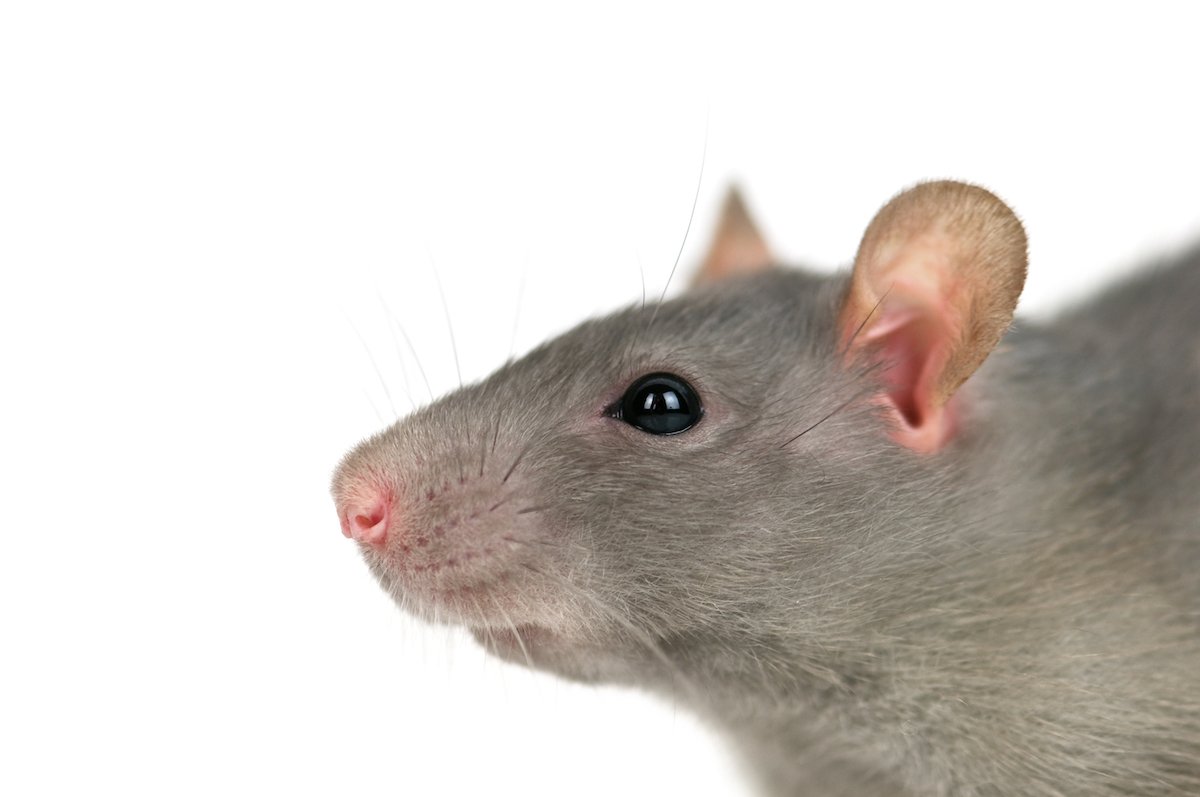Cleaning Bodily Fluids
Languages: English
Media Editing: The video module(s) in this subject are editable under our Content Studio offering unless otherwise indicated. For more information about Content Studio, contact your CSM.
Description: Cleaning bodily fluids in a retail environment can present significant challenges if not dealt with quickly and thoroughly. By preparing a well-stocked Clean-Up Kit and knowing how to use it, you can reduce contamination and illness. These illnesses can lead to costly losses of both product and business, as well as damage the reputation of your company. This subject covers specific instructions for how to handle bodily fluid spills in your store or business as well as what to do when they happen in areas where food is prepared, such as a kitchen or grocery store. Armed with this knowledge, your employees will be ready to act swiftly to handle these situations and minimize the potential contamination that could cost your company time and money.
Languages: English
Media Editing: The video module(s) in this subject are editable under our Content Studio offering unless otherwise indicated. For more information about Content Studio, contact your CSM.
Description: Cleaning bodily fluids in a retail environment can present significant challenges if not dealt with quickly and thoroughly. By preparing a well-stocked Clean-Up Kit and knowing how to use it, you can reduce contamination and illness. These illnesses can lead to costly losses of both product and business, as well as damage the reputation of your company. This subject covers specific instructions for how to handle bodily fluid spills in your store or business as well as what to do when they happen in areas where food is prepared, such as a kitchen or grocery store. Armed with this knowledge, your employees will be ready to act swiftly to handle these situations and minimize the potential contamination that could cost your company time and money.
Languages: English
Media Editing: The video module(s) in this subject are editable under our Content Studio offering unless otherwise indicated. For more information about Content Studio, contact your CSM.
Description: Cleaning bodily fluids in a retail environment can present significant challenges if not dealt with quickly and thoroughly. By preparing a well-stocked Clean-Up Kit and knowing how to use it, you can reduce contamination and illness. These illnesses can lead to costly losses of both product and business, as well as damage the reputation of your company. This subject covers specific instructions for how to handle bodily fluid spills in your store or business as well as what to do when they happen in areas where food is prepared, such as a kitchen or grocery store. Armed with this knowledge, your employees will be ready to act swiftly to handle these situations and minimize the potential contamination that could cost your company time and money.
Topics
Cleaning Bodily Fluids in a Food Preparation or Serving Area
-
If a bodily fluid spill occurs in any area where food is served, prepared, stored, or sold, you must act quickly to clean the spill and limit contamination. In this topic, we’ll cover specific details for how to clean bodily fluids in these environments.
-
Questions (level 1, 2, 3)
-
This topic is currently available in English.
-
Clearly mark off the area around the spill to prevent people from entering the area and spreading the infectious material beyond the site.
Use the PPE in your Clean-Up Kit as directed to protect yourself from possible infection and spreading any contamination.
If there are any pieces of broken glass or sharp objects in the spill area, carefully dispose of them in a puncture-proof container. This will prevent them from tearing or ripping the plastic bag used for cleaning up the fluid.
Spread an absorbent on the fluid before scraping or scooping it from the outer edge into the plastic bag. Disinfectant won’t be effective if there is fluid left at the site.
Seal the plastic bag with a twist-tie, and dispose of it as soon as possible to reduce the risk of spreading contamination.
Apply the disinfectant solution to the contaminated spot, and wait the listed wait time for it to work.
Use clean paper towel or a disposable mop head to wipe away the disinfectant.
Place the dirty paper towel or mop head and your PPE in a plastic bag, and seal it with a twist-tie. Dispose of this at once to prevent contaminating your environment.
Wash your hands right away using proper hand washing techniques to reduce the chances of any contamination infecting you.
Check restrooms for possible additional spills, as the ill person likely will have contaminated these areas as well.
Preview of topic image for “Cleaning Bodily Fluids in a Food Preparation or Serving Area” as this topic is questions only.
How to Clean Bodily Fluids
-
Effectively cleaning bodily fluids requires you to be careful so that you avoid spreading any possible viruses. This topic covers how to use your Clean-Up Kit to clean up bodily fluids, disinfect the area, and dispose of the contaminated materials. By following your company’s guidelines for dealing with these situations and following these techniques, you can clean bodily fluids in a safe and effective way.
-
Questions (level 1, 2, 3)
Video module
-
This topic is currently available in English.
-
Clearly mark off the area around the spill to prevent people from entering the area and spreading the infectious material beyond the site.
Use the PPE in your Clean-Up Kit as directed to protect yourself from possible infection and spreading any contamination.
If there are any pieces of broken glass or sharp objects in the spill area, carefully dispose of them in a puncture-proof container. This will prevent them from tearing or ripping the plastic bag used for cleaning up the fluid.
Spread an absorbent on the fluid before scraping or scooping it from the outer edge into the plastic bag. Disinfectant won’t be effective if there is fluid left at the site.
Seal the plastic bag with a twist-tie, and dispose of it as soon as possible to reduce the risk of spreading contamination.
Apply the disinfectant solution to the contaminated spot, and wait the listed wait time for it to work.
Use clean paper towel or a disposable mop head to wipe away the disinfectant.
Place the dirty paper towel or mop head and your PPE in a plastic bag, and seal it with a twist-tie. Dispose of this at once to prevent contaminating your environment.
Wash your hands right away using proper hand washing techniques to reduce the chances of any contamination infecting you.
Check restrooms for possible additional spills, as the ill person likely will have contaminated these areas as well.
Preparing a Clean-Up Kit
-
Before you can properly handle cleaning up bodily fluids in your store or restaurant, you need to have a well-stocked Clean-Up Kit ready to go. By teaching your employees what the components of a Clean-Up Kit are, and how they can help protect them and their customers from any infectious particles from the incident, you can keep your employees and customers safe.
-
Questions (level 1, 2, 3)
Video module
-
This topic is currently available in English.
-
Regularly check that your Bodily Fluid Clean-Up Kit is well-stocked and ready to use. Report any missing or ineffective supplies to your supervisor. The Clean-Up Kit will help prevent you from coming into contact with bodily fluids while you are cleaning them.
Use disposable nitrile or non-latex gloves to protect your hands from coming into contact with any viruses in the bodily fluids.
Gloves should be put on last to prevent them from being damaged when putting on the other personal protective equipment (PPE).
Use a face and/or eye shield (goggles, face masks, etc.) to prevent any splashed fluids from entering your eyes, nose, or mouth. Eyeglasses do not count as eye protection.
Wear a disposable apron to keep fluids from getting on your clothing or uniform.
Wear shoe covers to protect your shoes and prevent you from tracking the fluid anywhere else in the facility.
Put on a hair cover to prevent any bodily fluids from getting in your hair.
Use an absorbent that ’clumps’ liquids (like sand or an absorbent powder) to clean up fluids, as paper towel alone will not absorb all the material (especially on porous surfaces like carpet).
Use a scoop or scraper to remove the fluid and/or absorbent powder. Ideally, it should be disposable, to reduce the risk of spreading contamination.
Use disinfectants (chlorine, hydrogen peroxide, quaternary ammonium compounds) to kill any viruses present in the fluid that can spread illness.
Use large plastic bags with a twist-tie enclosure to throw away the absorbed fluid, disinfectant, and all personal protective equipment (PPE). Using plastic bags helps to prevent spreading the contaminated fluids.







